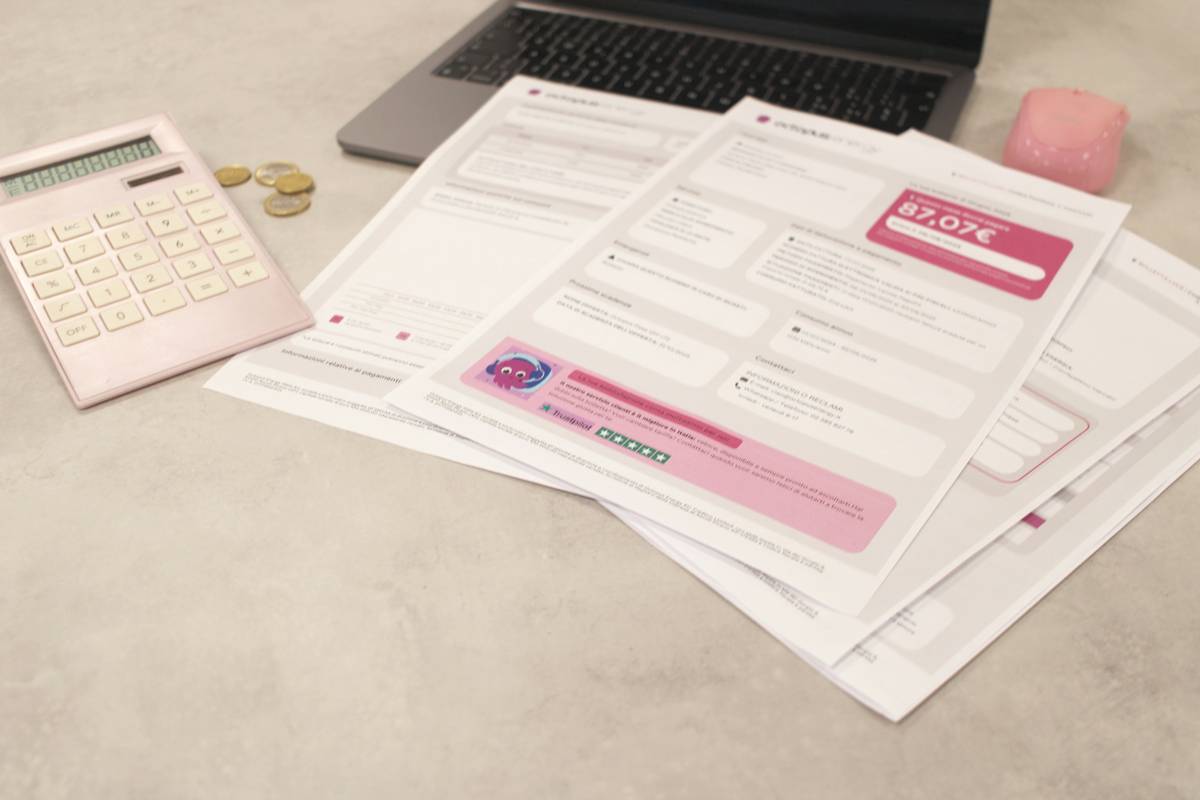Ever found yourself staring at a loan deferment application form wondering, “What am I even doing?” Yeah, us too. The process can feel like trying to crack a secret code while juggling flaming swords. Let’s make it simpler—because your stress levels deserve better than skyrocketing faster than your credit card debt.
In this guide, we’ll walk you through everything you need to know about submitting a successful deferment application. From understanding the nitty-gritty of eligibility criteria to avoiding rookie mistakes that could derail your chances, consider this your ultimate cheat sheet for navigating loan deferments like a pro. Ready? Grab your coffee; we’re diving in!
Table of Contents
- Why Loan Deferment Matters—and Why You Should Care
- Step-by-Step Guide to Filing Your Deferment Application
- 7 Tips to Make Your Deferment Application Stand Out
- Real-Life Examples of Successful Applications
- FAQs About Deferment Applications
Key Takeaways
- A well-prepared deferment application ensures temporary relief from loan payments during tough financial times.
- Eligibility requirements and documentation vary depending on your lender or program type.
- Mistakes such as incomplete forms or missed deadlines can delay approval—or lead to rejection.
- Following best practices increases your likelihood of success significantly.
Why Loan Deferment Matters—and Why You Should Care

Let’s get one thing straight: A deferment isn’t just about pushing off payments. It’s a lifeline when unexpected expenses pop up—or life throws you an overpriced curveball. Picture this:
“I once procrastinated on filing my deferment application until three days before my payment due date. Spoiler alert: My lender didn’t care about my excuse, and I ended up paying late fees I couldn’t afford.” — A lesson learned the hard way.
Deferment gives borrowers breathing room without defaulting on loans. Whether it’s medical bills piling up or starting a new job with delayed paychecks, understanding how to submit a solid deferment application is crucial. But here’s the catch—it only works if done right.
The Financial Reality Check
According to recent data, over 40% of Americans struggle with managing loan repayments during crises. Without proper planning, these challenges snowball into long-term financial havoc. So, mastering the art of deferment isn’t just smart—it’s survival mode 101.
Step-by-Step Guide to Filing Your Deferment Application

Optimist You: “This should be easy enough!”
Grumpy You: “Ugh, why are there so many sections?!”
No worries—we’ve got your back. Follow these steps to ensure your deferment application gets approved:
Step 1: Confirm Eligibility
Before jumping headfirst into anything, check whether you qualify. Most programs require specific circumstances like unemployment, enrollment in school, or economic hardship. Double-check your lender’s guidelines—they might surprise you.
Step 2: Gather Necessary Documents
We’re talking proof of income (or lack thereof), enrollment verification, or hardship letters. Think of it like packing for a trip—you don’t want to forget anything essential.
Step 3: Fill Out the Form Carefully
Taking shortcuts here is like skipping leg day at the gym—it always comes back to haunt you. Triple-check every field, and avoid leaving blanks unless explicitly instructed otherwise.
Step 4: Submit by the Deadline
Missing deadlines is where dreams go to die. Set reminders, alarms, sticky notes—whatever keeps you on track.
Step 5: Follow Up
After submission, follow up within a week to confirm receipt. Persistence pays off!
7 Tips to Make Your Deferment Application Stand Out

- Know Your Lender: Each lender has its quirks, so read their FAQs religiously.
- Be Transparent: Dishonesty never ends well. Provide accurate information.
- Highlight Hardships Clearly: Paint a vivid picture of your situation using concise language.
- Use Professional Formatting: Neatness counts more than you think.
- Add Supporting Evidence: Back up claims with official documents wherever possible.
- Avoid Common Mistakes: Spelling errors scream unprofessionalism.
- Seek Help If Stuck: Contact customer support or consult online forums for guidance.
Pro Tip Gone Wrong:
Attempting humor in formal communication? Yeah, let’s skip the meme references in professional emails—it’s not cute when your future finances are on the line.
Real-Life Examples of Successful Applications
Meet Sarah—a recent graduate who filed her deferment application after landing a low-paying internship. She included detailed proof of earnings, a letter explaining her temporary income gap, and followed up promptly. Result? Approved within two weeks.
On the flip side, meet Dave. He submitted his form without supporting evidence. His outcome? Rejected twice before finally getting it right on the third try. Moral of the story? Learn from others’ victories—and blunders.
FAQs About Deferment Applications
Q: How long does processing take?
A: Typically 2–4 weeks, but it depends on your lender’s workload.
Q: Can I apply retroactively?
A: In some cases, yes—but policies differ. Ask your lender ASAP.
Q: Will interest accrue during deferment?
A: For certain loans, unfortunately, yes. Check terms beforehand.
Conclusion
Congrats—you now have all the tools to crush your deferment application like a boss. Remember: Preparation + Patience = Success. Don’t wait until disaster strikes to act; start gathering info today.
Oh, and since nostalgia heals everything: “Like Tetris blocks falling perfectly into place, great planning makes all the difference.”


